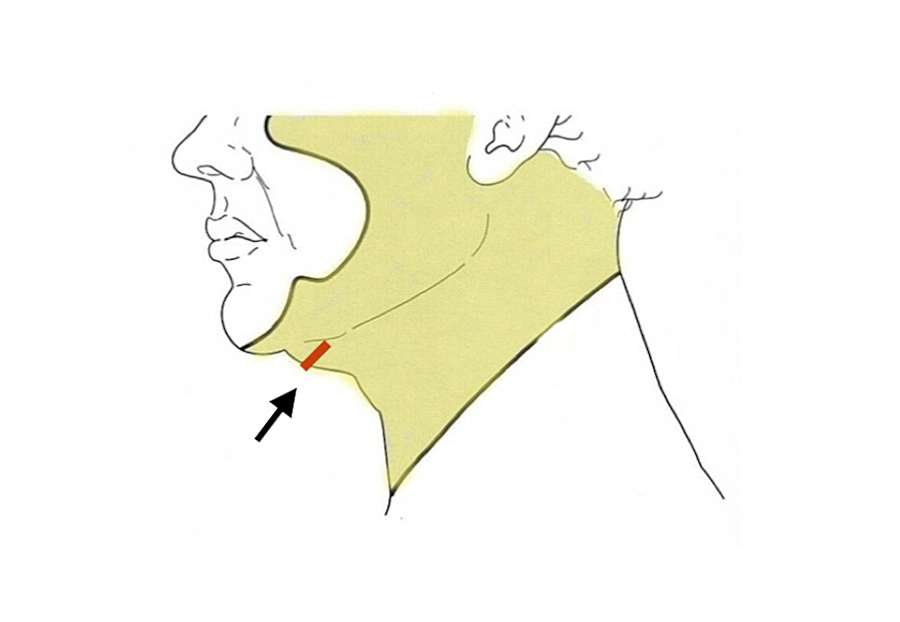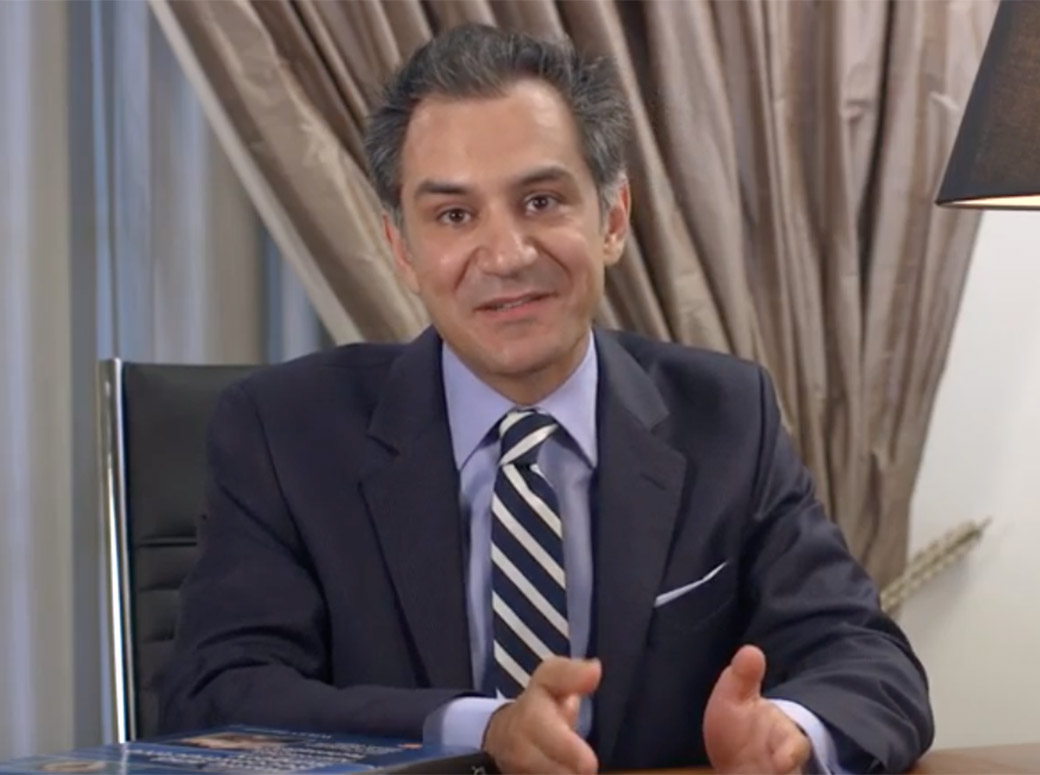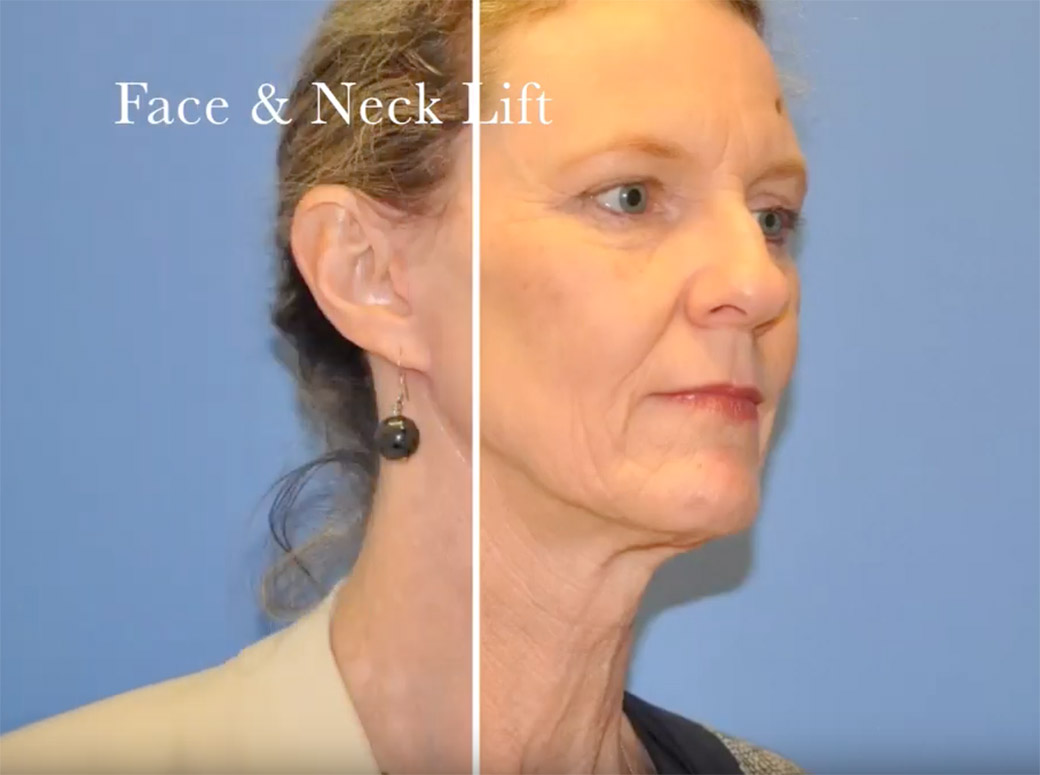CHOOSE PANTHEA CLINICS FOR YOUR FACELIFT SURGERY
Dr Ross Farhadieh literally wrote the book on this topic, with two textbook chapters (2015 & 2021) in international reference plastic surgery textbooks used around the world by training and practicing plastic surgeons. Dr Farhadieh, principal surgeon of both Sydney and Canberra Panthea Clinics, is an internationally peer recognised leader in this field. He has extended training and expertise in facial aesthetic and reconstructive surgery. He has undertaken two separate aesthetic and reconstructive fellowships with a focus on the face, at some of the World’s leading units in London. Dr Farhadieh has been recognised by his international peers and appointed the Chief Editor of two internationally critically hailed international reference plastic surgery textbooks: Plastic and Reconstructive Surgery: Approaches and Techniques (2015, Wiley UK) & Plastic Surgery: Principles & Practice (2021, Elsevier US). He co-authored the chapter on facelift surgery and is guiding the next generation of facelift surgeons worldwide by sharing his extensive knowledge and expertise.
Environment, time and gravity eventually take their toll on the way your face looks, leading to wrinkles, a tired look, changes in the shape of the face or a loose neck and jowls. Through a facelift surgery, some of these blemishes can be undone – unwinding the clock on your face – leaving you looking refreshed and younger. There is no shame in a facelift.
Your face is unique to you. As such, there is no one-size-fits-all approach to facelift surgery. Your facelift procedure will have to be tailored to your requests and unique facial features. Under the skilful hands of Dr Farhadieh, you can look forward to a natural aesthetic that appears more youthful than before. Discuss your facelift options in detail with our triple board certified surgeon to make your desired facial changes.
THE PREOPERATIVE AND POSTOPERATIVE PROCESS
As the chief editor of multiple plastic surgery textbooks, Dr Farhadieh can clarify any doubts you may have and discuss realistic and achievable outcomes. During the initial consultation, he will also discuss your facelift surgery expectations along with the following important factors with you:
- Previous surgeries
- Your medical history
- Current medications
- Allergies
- Family medical history
- Your smoking history
After discussing these in detail, Dr Farhadieh will offer various surgical options that best suit your needs, including whether a full facelift is optimal for achieving your goals. We will provide as much knowledge and advice as you need to make an informed decision about what you want from your facelift surgery. In addition to expert advice, you will also be provided with a comprehensive information pack on your facelift procedure.
During your facelift operation, a hairline incision is commonly made in front of your ear, extending behind it to gain access to your facial features. Underlying facial structures like the fascia and shifting soft tissues are connected to underlying bones via an intricate system of ligaments. Only by surgically manipulating these structures can you achieve a more balanced, natural, refreshed, long term results. For revision facelift surgeries, the process may vary slightly due to the intricacies of the procedures. If you wish to, your eyelids can also be addressed during a facelift surgery.
When opting for a neck lift, and additional incision will be made under the chin to conceal it as much as possible.
Your facelift operation will be performed under general anaesthesia, and you will need to be admitted for one night. Most patients at Panthea clinics are discharged the next day. You can expect some bruising and swelling after the procedure, but they should subside in 2 weeks’ time. Most patients find themselves well enough to return to work after 2 weeks, some even returning just a few days after getting discharged from hospital. You will be required to return to our Sydney or Canberra clinic between 5 to 7 days after your procedure so that Dr Farhadieh can remove any external sutures and reiterate scar management advice.
YOUR PEACE OF MIND IS OUR BIGGEST PRIORITY
All surgeries, no matter how big or small, carry risks of complication. Our surgical team will explain the risks of a full facelift operations, possible complications, and discuss all aspects of the surgery with you during your consultation. Be assured that you are in safe hands with your surgeon Dr. Farhadieh. Aside from being a well-known cosmetic surgery figure not just in Sydney, but across the world, his experience with facial nerve reanimation subspecialty fellowship further emphasises his expertise and excellence in this field so you know you will be well taken care of.
Following your initial postoperative review, we will continue to organise regular follow-up appointments at your preferred Sydney or Canberra clinic.
Throughout your surgical journey, your relationship with your surgeon is crucial to your procedure. Be sure you have read and understood all the information sheets provided. If you have any questions, please do not hesitate to ask them. We will guide you through every step of the way until you have a clear picture and are satisfied.
FACELIFT SURGERY BEFORE AND AFTER PHOTOS




TRUST YOUR FACELIFT WITH AN EXPERIENCED SURGEON IN SYDNEY & CANBERRA
If you’ve been thinking about getting cosmetic surgery for a while now, here at Panthea Clinics we are more than happy to guide you through the process for natural, refreshed, long term results. We are committed to your peace of mind and will provide all the information you want and need before you make the decision regarding full facelift surgery.
Contact our Sydney or Canberra clinic today and book your initial consultation to see our surgeon, Dr. Ross Farhadieh. Other plastic surgery services we provide at Panthea Clinics include tummy tucks, nose jobs, neck lifts, breast augmentation and breast reduction.
Frequently Asked Questions
Let’s start with a little lesson in history. Skoog an incredibly talented European surgeon noted, as early as, 1974 that there was a layer beneath the skin, a deep fascia that was less elastic than the overlying skin and surgical manipulation of this yielded better facial rejuvenation results. It was however, Meitz and Peyronie’s 1976 paper that revolutionised facelift surgery. They described the anatomical layer now called SMAS (Superficial MusculoAponeurotic System). In short these are the muscles and membranes of facial muscles of expression. It is these foundations and their related ligamentous attachment to the underlying facial skeleton and overlying skin that need addressing for any long lasting face lift surgery outcome.
So any surgery that manipulates the SMAS is a form of DEEP plane ( ie deep to the SMAS) surgery. There are many versions of this as you can see from the below diagram from our textbook chapter on the topic. The Lateral SMASectomy, the Extended SMAS, The High SMAS and SMAS plication ( the last although a form of deep plane facelift surgery should probably not be included in the list).
Classically, wide skin undermining over the face and neck is made before the manipulation of the SMAS as noted above. Part of the issue as we have come to realise over the years is, that this increases, swelling, risk of skin loss and potential of postoperative bleeding, despite our effort to mitigate this.
Dr Farhadieh’s approach to facelift surgery is to achieve a natural and refreshed look. These are based on sound, nuanced and detailed anatomical understanding of the facial spaces, first identified by Dr Bryan Mendelson who has taught and mentored Dr Farhadieh after his fellowship in the field in London, to further refine his approach to facial aesthetic surgery.

SMAS Plication, facelift surgery (Farhadieh et al Plastic Surgery: Principles & Practice, 2021, US, Elsevier).

Lateral SMASectomy a form of Deep Plane Facelift surgery (Farhadieh et al Plastic Surgery: Principles & Practice, 2021, US, Elsevier).

High SMAS facelift a form of Deep plane facelift surgery (Farhadieh et al Plastic Surgery: Principles & Practice, 2021, US, Elsevier).

Extended SMAS a form of Deep plane face lift surgery (Farhadieh et al Plastic Surgery: Principles & Practice, 2021, US, Elsevier).

Facial and neck skin undermining prior to SMAS or Deep plane manipulation. (Farhadieh et al Plastic Surgery: Principles & Practice, 2021, US, Elsevier).
The short answer in my and all self respecting facial aesthetic surgeon’s view is an emphatic NO. Meaningful, long lasting, natural facial rejuvenation can only be achieved with precise and anatomical surgical approach. Everything we know and have learnt over the last 50 years says that lunch time or procedure room based approaches to face lift do not work, do not last and are not reliable in their outcomes.
In recent years much has been made of fillers including natural fillers such as fat. The simple way to look at this is to consider face or for that matter any other part of the body as a balloon with content and special features. Deflation of tour natural fat over the years is one major contributor to the ageing process. So replenishing this JUDICIOUSLY with fat will help, re-inflate the deflated areas, may in fact have some rejuvenation effects based on the adult stem cells in the fat as well. But the key is use it appropriately and judiciously. Dr Farhadieh will discuss this with you, but he routinely injects fat, into lips, cheek and brow.
Yes, facelift surgery is an intricate surgery. General anaesthesia and overnight admissions are the safest way to perform this surgery.
Initially, your scars will be visible. However, as the incision wounds heal, they will become less noticeable. Sometimes scar abnormalities or some skin loss may occur as a result of the procedure. Generally, they can be managed conservatively, at times requiring secondary surgery.
Recovery varies from patient to patient. Majority of the swelling goes away within the first 7 to 10 days, with any remaining swelling resolving in 4 weeks’ time. By the end of 2 weeks, most patients are well enough to be out and about.
While all our bodies have some intrinsic asymmetry, under the skilful hands of a trained plastic surgeon, noticeable or persistent postoperative asymmetry is rare. In the unlikely event that a facial nerve is bruised during the operation, it can take a few weeks to recover.
The face is an intricate part of the body and plays a crucial role projecting our sense of identity. Often thought as a subspecialty among plastic surgeons, further training beyond basic plastic surgical qualification is often required to be proficient in this field. Dr Farhadieh is not only highly skilled, but he has also undertaken two separate clinical fellowships in London, England, focusing on the face from both cosmetic and reconstructive perspectives. With Dr Farhadieh, you’re in the care of a world-respected surgeon.
The face is an intricate part of the body and plays a crucial role projecting our sense of identity. Often thought as a subspecialty among plastic surgeons, further training beyond basic plastic surgical qualification is often required to be proficient in this field. Dr Farhadieh is not only highly skilled, but he has also undertaken two separate clinical fellowships in London, England, focusing on the face from both cosmetic and reconstructive perspectives. You are in one of the best-trained hands with Dr Farhadieh.













